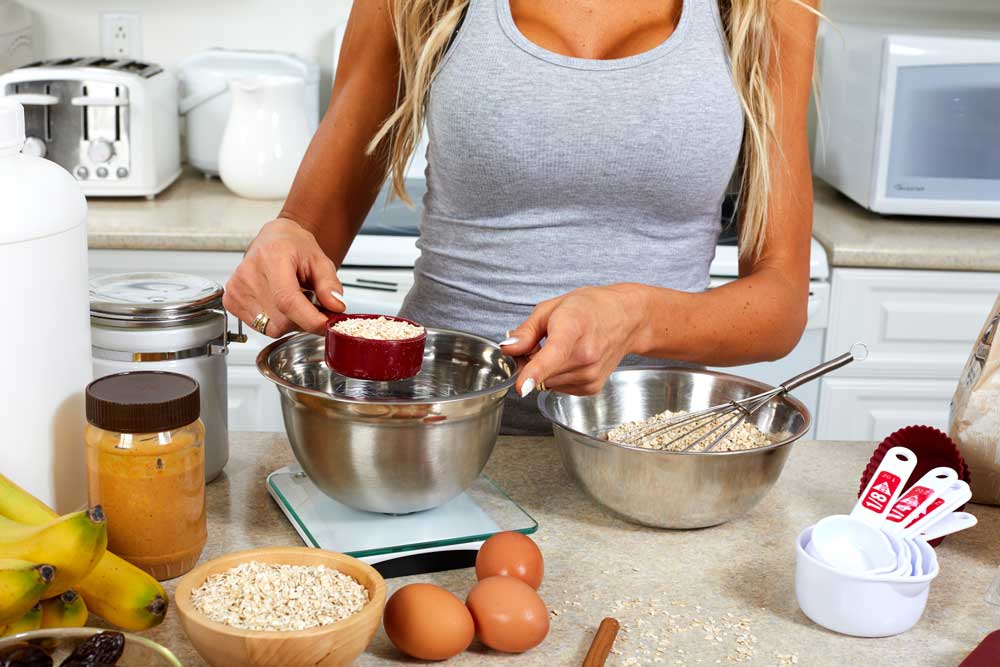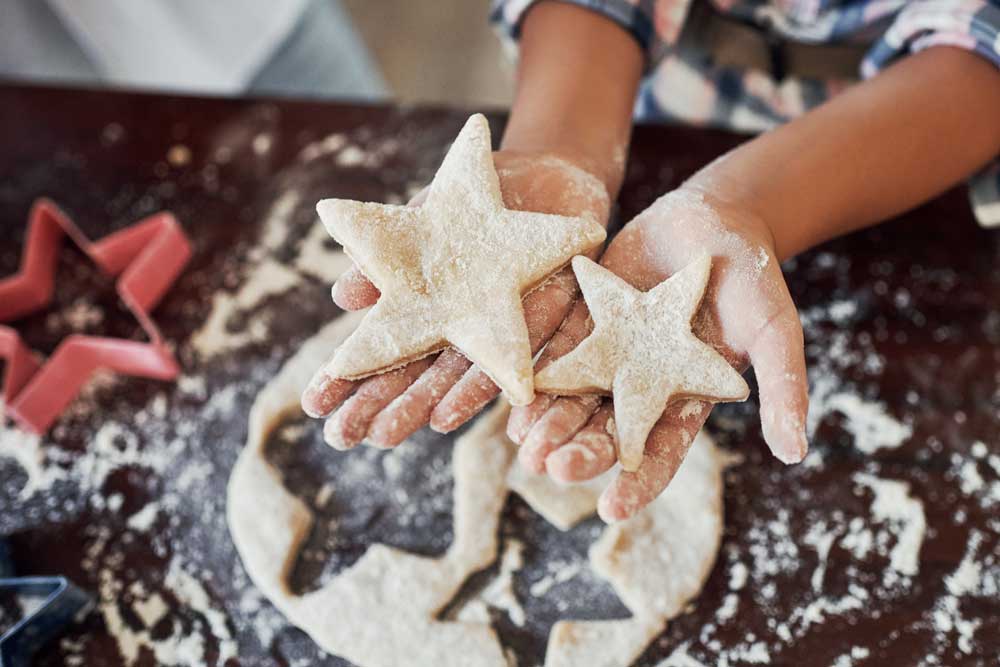There has been an upsurge in healthy eating. Not only do we want to avoid excess sugar in our bakes, we also want to choose ‘gluten-free’ alternatives. Let us first understand exactly what gluten is, and what it does. Certain grains like wheat, barley and rye carry an elastic protein called ‘gluten’ that makes the dish chewier. As per research, it does more harm than good to the body and is now avoided by those who find they cannot handle it in large amounts. In fact, ‘celiac disease’ is caused due to the excess consumption of gluten.

There are also certain considerations to keep in mind while trying your hand at whipping up gluten-free items. These tips and tricks can ensure you savour that recipe without having to deal with any change in taste.
1.Add additional flavours to recipes:
Gluten-free flours often have unique/unusual tastes that can be distinguished from the more common flavours. In order to ensure there is no drastic difference to the final outcome, add other flavours like vanilla, to camouflage this. This is ideal for beginners, who may not appreciate the flavours of gluten alternatives right away.
2.Keep nutrition in any item a priority:
The very reason you’re opting for gluten-free cooking is because gluten isn’t healthy for the body. So don’t use it in any form, or worse, turn to unhealthier alternatives. Ensure the proportions of the ingredients you use are in the right amount. For example, substituting a portion of flaxseed in place of flour would make it 10 times healthier.

3. Allow sufficient time for the batter to hydrate and soften:
Leave the batter to rest for at least 30 minutes. This way, it is able to soften and achieve the right moisture level. This is especially true for items with short bake times such as cookies and pancakes which use gluten-free batter mixes.
4. Don’t kneading, but bake for longer:

5. Do not experiment with gluten-free recipes:
Unless you’re a pro with ingredients and processes, it's advised by experts not to try experimenting with gluten-free baking. At the beginner’s level it’s advisable to stick to gluten-free flour recipes as designed and advised.
6. Measure the flour by its weight and not the volume:
Since gluten-free flours are finer than wheat or other flours, it is suggested to use kitchen scales to calculate their weight, rather than opting for a measuring cup for volume.

7. Create your recipes in smaller proportions:
Gluten-free baked items do not stay fresh for long. Hence it is suggested to make them in limited amounts and consume them sooner.